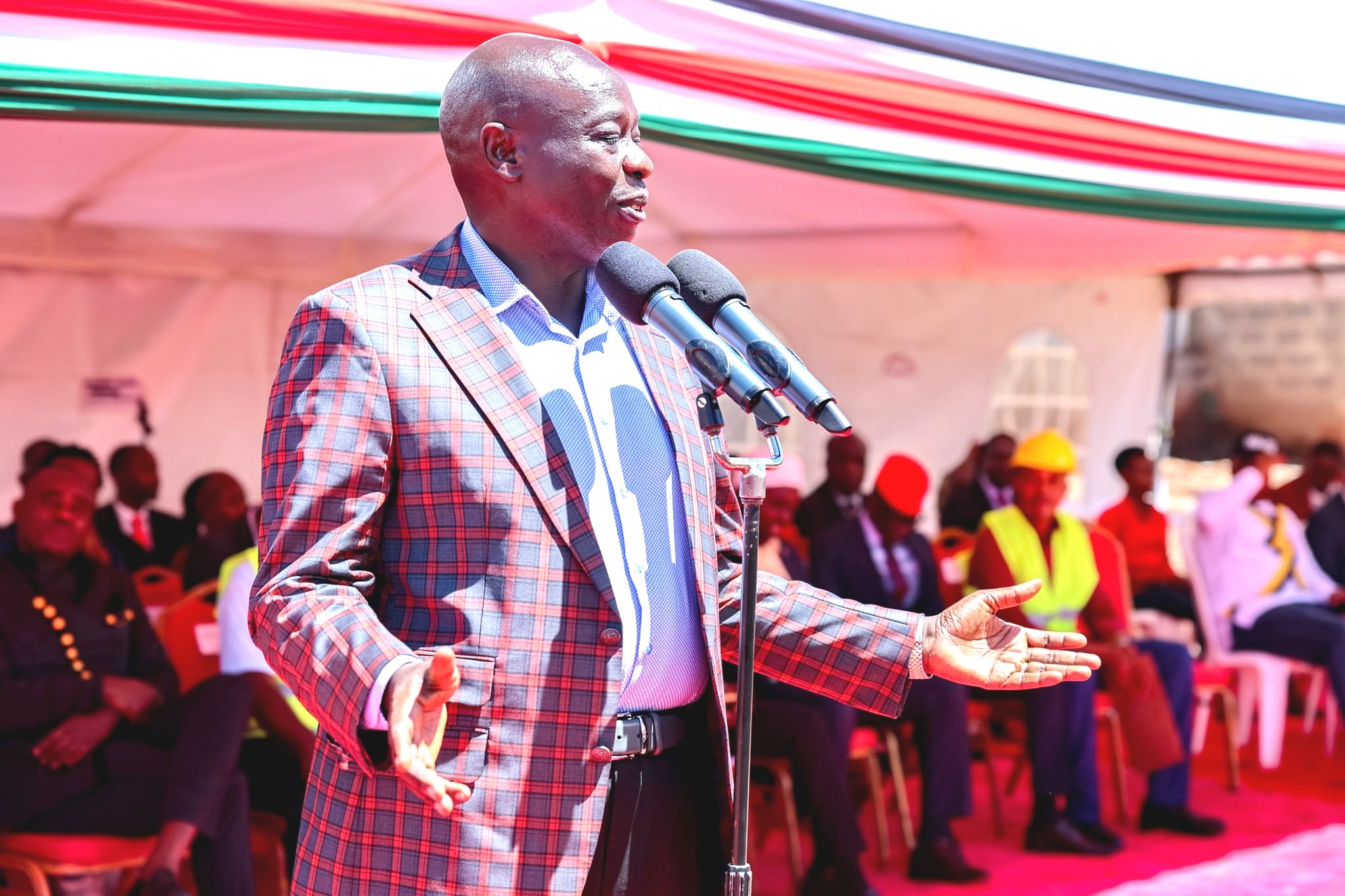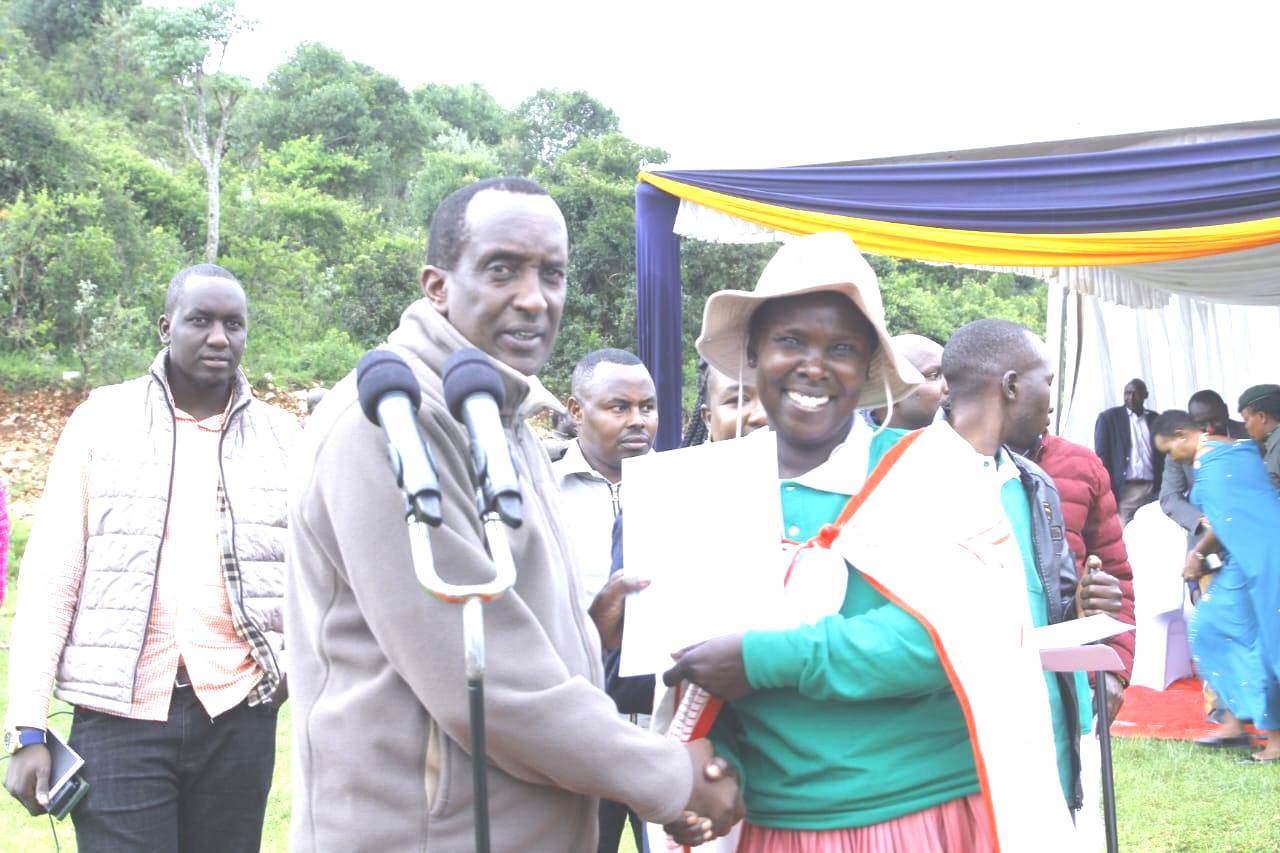By Munene Maina
The demand for inter-lending among co-operative societies ranks high, but procedural steps in making the process smooth remains a hurdle.
This is despite some Saccos controlling huge balance sheets more than even tier-three banks that they can loan at cheap interest rates to other sector players compared to more expensive sources such as microfinance institutions and commercial banks, which in addition charge exorbitant hidden costs.
Sacco Societies Regulatory Authority (SASRA) Annual Supervision report 2016 found out only 12 per cent of deposit-taking savings and co-operative societies were able to fund loans from members’ savings. The report cited this as a hindrance to the growth, performance and competitiveness of DT-Saccos, as they are forced to borrow from external sources in order to fund the shortfall from the deposits
Western regional Ushuru Sacco chairman Owuor Awuor, speaking during Ushirka Day celebration at the Kisumu Museums ground noted that most Saccos in the Western and Nyanza region have suffered exploitation from the commercial banks who charge huge interests rates affecting the growth of the co-operative societies.
Awuor urged small co-operatives to consider seeking loaning facilities from the big Saccos to maximise productivity as the institutions offer cheaper credit.
“Many co-operative societies in these regions have collapsed largely because of over exploitation by the banks that give quick loans yet charge high interest rates,” said Awuor.
Alternatively, the official said Saccos should look for ways to mobilise more members’ savings and deposits to avoid costly external borrowing.
Borrowing from financial institutions is a key source of funding for many societies facing financial constraints to undertake major investments, others do so for onward lending to their members and this hurts their operations if not carefully evaluated.
Charity Njoroge, a manager with Nyahururu based Home Business Sacco which only offers Back Office Services, said the several times the Sacco tried to acquire credit from large Saccos they always end in disappointment.
“It involves a long process that at times delays the Sacco from getting the needed finances and we have no option but to seek money elsewhere regardless of interest rates,” observed Njoroge.
She however points out it would be much better to get finances from within the co-operative sector since its much cheaper.
Several counties have been toying with the idea of establishing Co-operatives Revolving Fund but not much has been achieved in most of them.
“As it is, there are no clear guidelines to enable inter-lending among Saccos. In Laikipia, the County Government has established a revolving fund for co-operatives to support small societies get cheaper credit,” said Richard Murigu, a county co-operative official.
The co-operative fund is however yet to be actualised.
Kericho County Director of Co-operatives Leonard Otii opines that the strong Saccos should extend the support to lift the struggling Saccos.
“It is encouraging to note some are already giving loans to the several Coffee and Sugarcane marketing societies,” he said.
Otii, who spoke at the Kericho Primary school during Ushirika Day celebrations, pointed out that Kenya Highlands Sacco grants soft loans to various sugarcane and coffee marketing societies in Soin Sigowet and Kipkelion East and West sub-counties.
He noted such loans are given at favourable terms that do not strain Sacco’s repayment.
But often such borrowing is only done by societies who are members of the lending Saccos. This makes it hard for small Saccos to get such loans since they prefer to keep a distance not to be seen depending on the larger Saccos they perceive as competitors. KUSCCO inter-lending facility remains the viable option for most Saccos, but it is not able to sufficiently meet the financial needs in the sector.
Beatrice Soi, Chief Executive Officer K-pillar Sacco in Bomet, said they prefer borrowing from KUSCCO as banks have a high interest rate.
It is the same option for Viktas Sacco, which has its head office at Mairo-inya, Nyandarua.
The Sacco CEO Anne Waweru said although currently they depend on members’ deposits, KUSCCO credit facility is better off.
She noted that acquiring loan from another Sacco will require SASRA approval and most societies avoid the process involved to seek financing from commercial banks.
For Muki Sacco in Nyandarua, borrowing comes as the last option. According to Sacco’s financial manager Margret Mwihaki, the Sacco has been mobilizing members’ savings and deposit and has been relying on external funds to meet financial obligations to its members. Siraji Sacco CEO, Felix Ochieng said lack of a well-functioning system within the co-operative sector that enables small societies get loans from financial strong deposit-taking co-operatives, affects their business.
The setting up of the Central Finance Facility (CFF) has been in the pipeline but has encountered delays slowing down the plan that will inject financial stability into the industry.
Spearheaded by National Treasury and SASRA, CFF was projected to be up and running by late 2017 to provide Saccos with short term liquidity and cushion them from financial shocks.
Under this model, industry players will pool resources, running into hundreds of millions to be loaned out at favourable market rates. The entire process such as repayment will be monitored from a centralised platform.
The model would be similar with the ones in United States and Canada.
It will also give Saccos an equivalent of the clearing house run by the Kenya Bankers’ Association.


